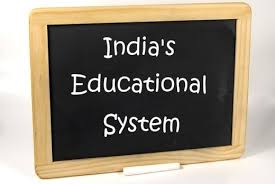Why to code and where to learn basic coding
1. Computers started making they way into life of a common human being some time in late 1970s.
2. Initial thorough effort toward the growth of computers was dedicated toward development of state of the art hardware like microprocessor, memories, SMPS and basic architecture.
3. Last two decades have been more deeply focused on development of kind of softwares, which have completely taken the life by a storm.
4. Life can’t even be imagined without use of latest version of mobile phones carrying softwares like those of Android or iOS etc.
5. Even each house hold equipment like Microwave oven, washing machine, air conditioner and car as well need a software to perform some part of its operation.
6. Development of software means an ability to write a piece of code, which can instruct computer to perform a specific set of actions.
7. Going by the trends, the way Computers have become a part of human life, a need has emerged out for almost every individual to learn coding.
8. According to Steve Jobs, great entrepreneur from Apple –
“Everybody in this country should learn how to program a computer.. because it teaches you how to think”
9. Inventor of Windows, Bill Gates wrote his first piece of code at the age of 13. While few others start doing as early as when they are in 2nd standard.
10. Learning to code is more of a matter of determination.
11. Following three websites help is learning the coding in an easy way –
Happy learning and Happy Coding!!





